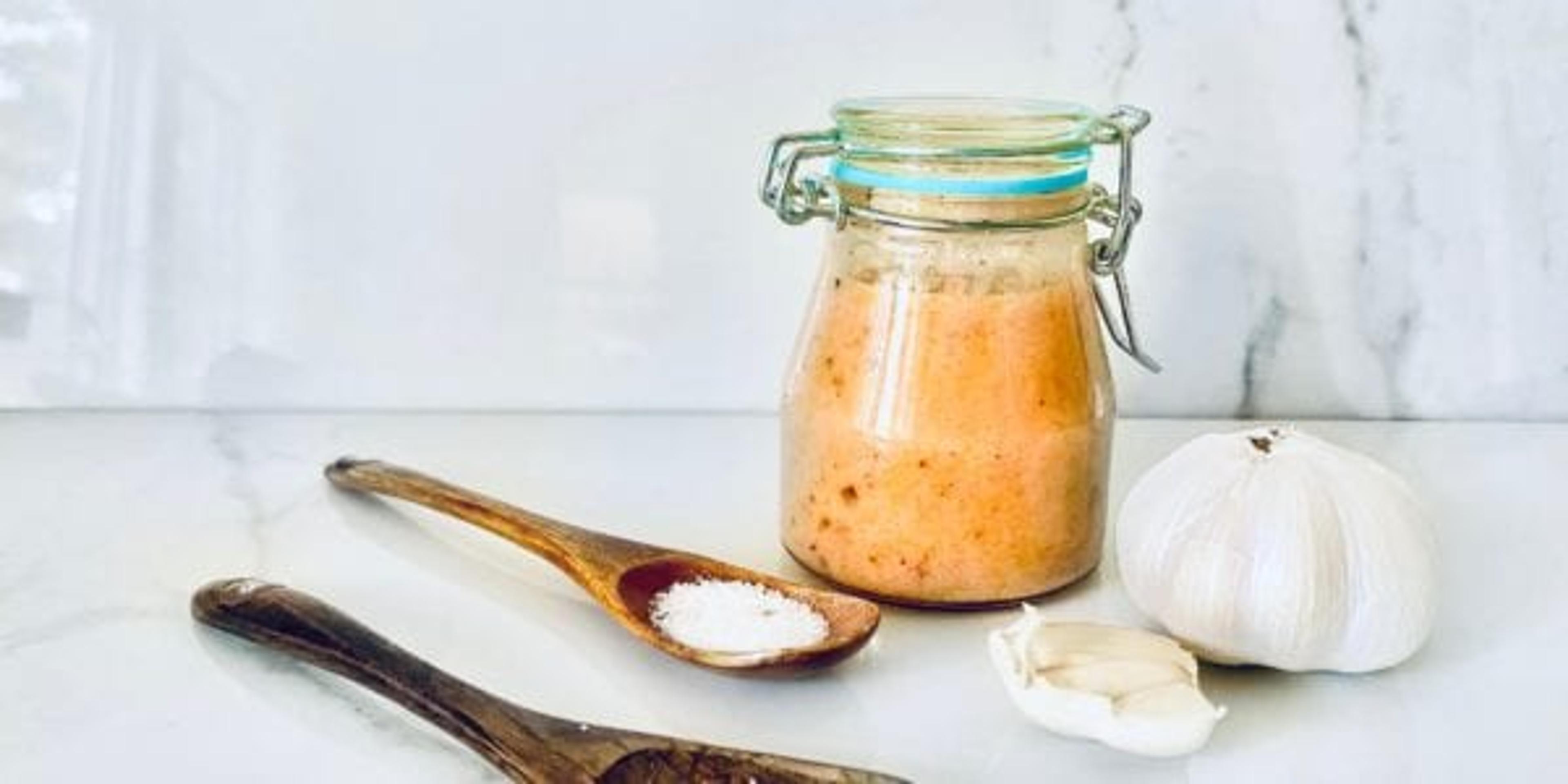Tips to Find Hidden Sugar in Your Foods (with recipe)

Shanthi Appelo, MS, RD
| 2 min read

Exposing your mouth to sugar throughout the day promotes an unhealthy environment in your mouth that contributes to tooth decay. Today, the average American consumes almost 152 pounds of sugar in one year and it’s hanging out in more than just your candy and sodas. Even foods considered “healthy” are oftentimes culprits for hidden sugars.
Though granola and protein bars have an overall better nutrient-profile than candy, these convenient on-the-go items oftentimes measure up to the added sugar equivalent of candy.
Next, don’t let the ingredient list fool you, some names that mean sugar are often masked with healthier-sounding terms such as “brown rice syrup”. While brown rice is a healthy food, the sugar derived from it is chemically structured almost like your average table sugar.
Other healthy items such as yogurt and fruit snacks can also be guilty of sneaking in unnecessary sugar. Yogurt does have a natural form of sugar, lactose, which equates to 4-7 grams of sugar in the yogurt depending on the serving size. Anything beyond this amount is typically added sugar. Tip: mix a large container of plain Greek yogurt with your favorite flavor of a single serving yogurt for a reduced sugar breakfast with all the flavor.
Browsing the grocery aisles, you might find some delicious-sounding fruity vinaigrettes with sugar as the first ingredient. Skip these and use staple kitchen ingredients to throw together a vinaigrette, like this recipe, any day of the week. To modify to a lower-calorie recipe, adjust the oil-to-vinegar ratio to 1:1 or as desired.
Next time you’re at the store, pay attention to the “added sugar” part of the Nutrition Facts label. Aim for no more than 25 grams of added sugar in a day and remember – it can add up quickly.
About the author: Shanthi Appelo is a registered dietitian and health and wellness spokesperson for Blue Cross Blue Shield of Michigan.

Related:
Photo credit: Shanthi Appelo





